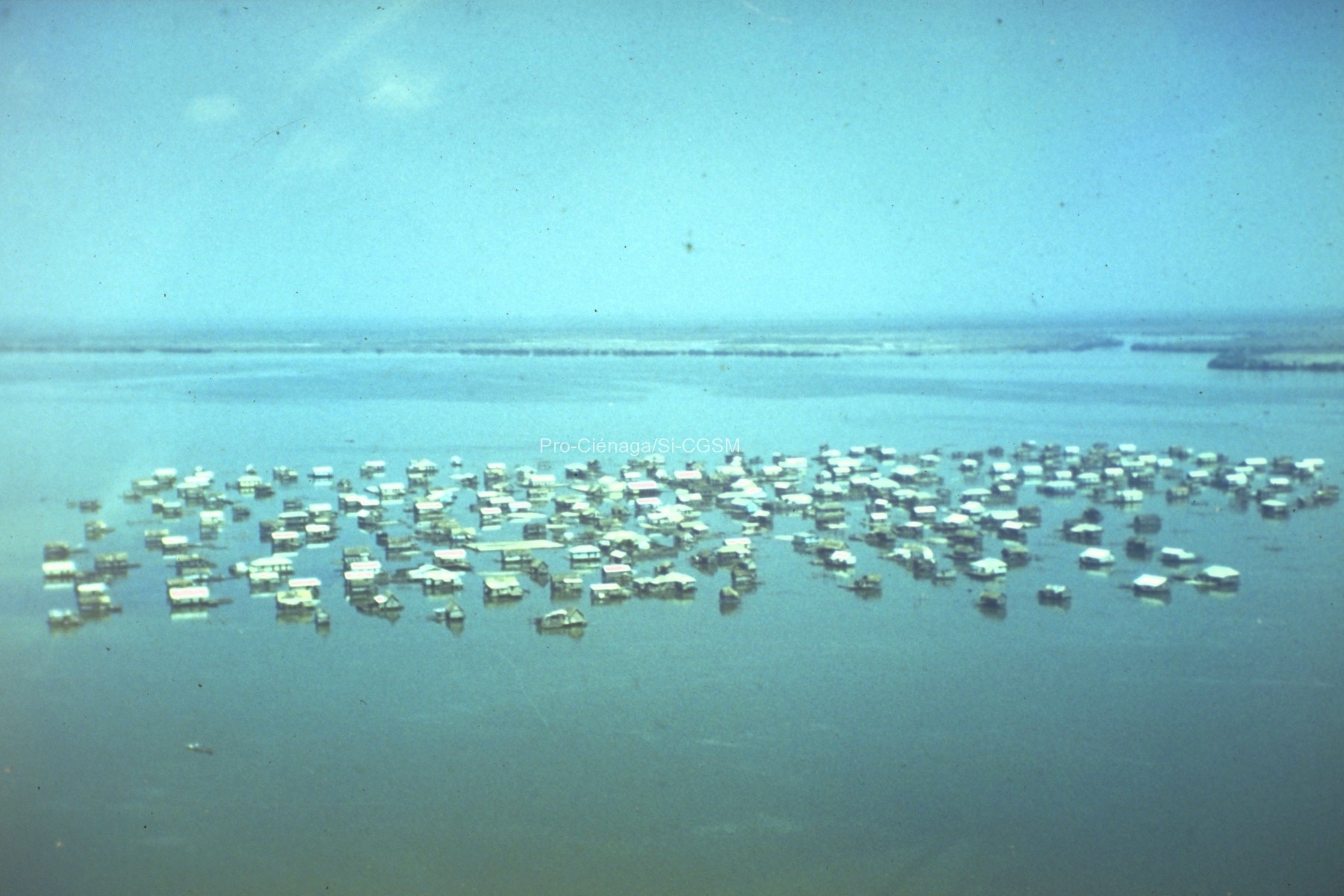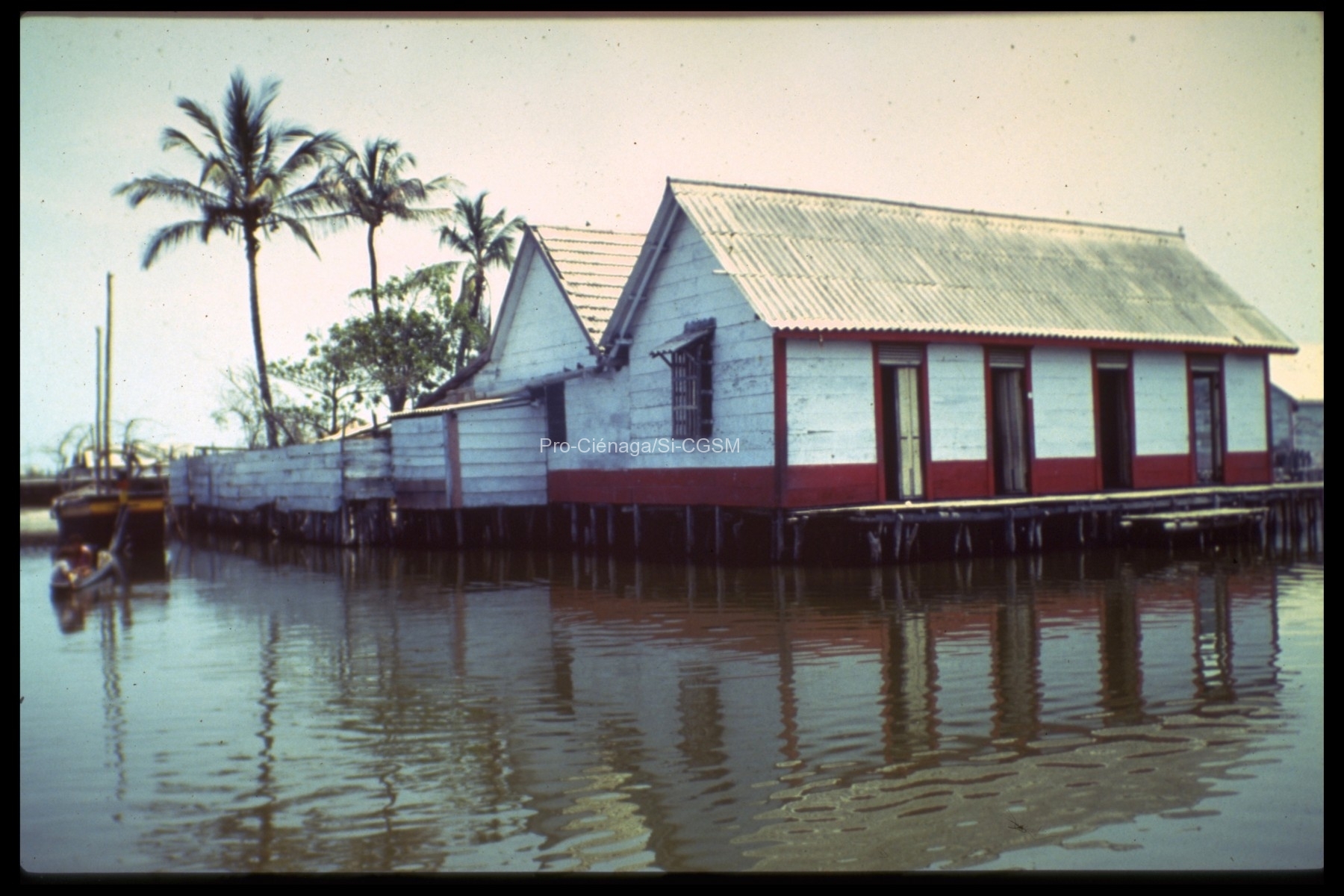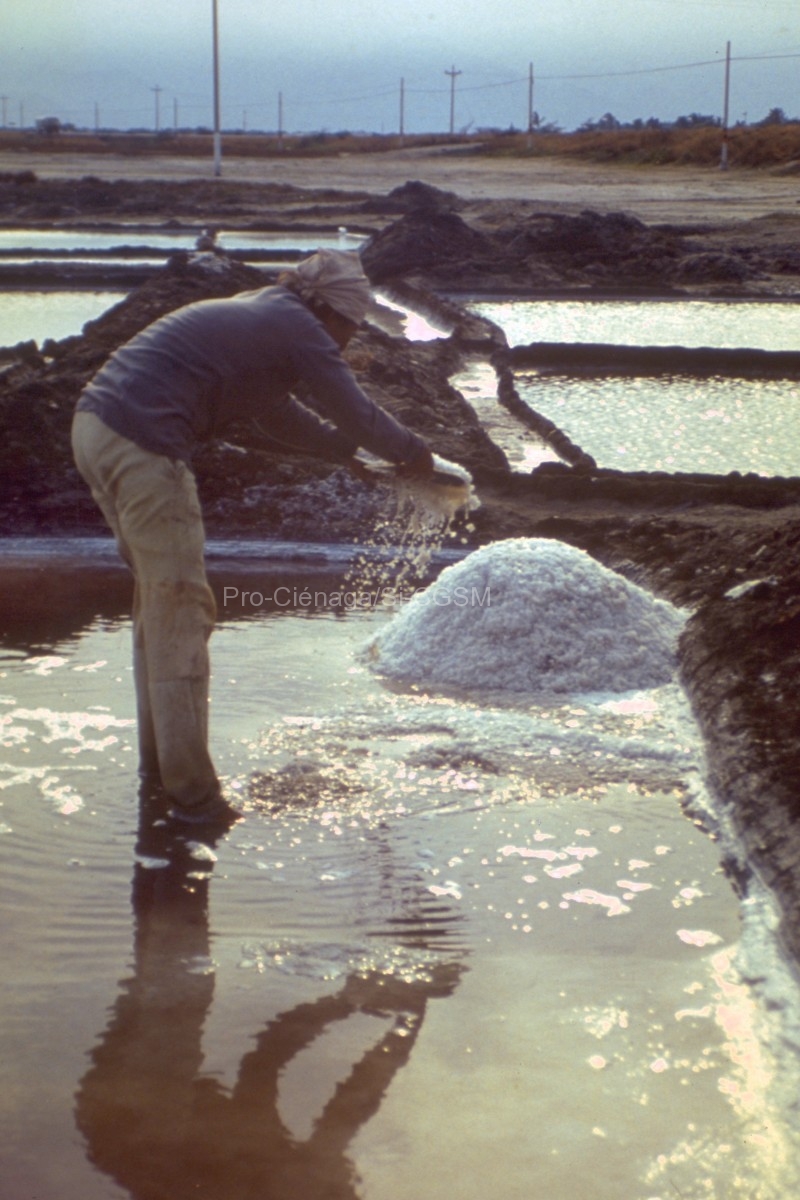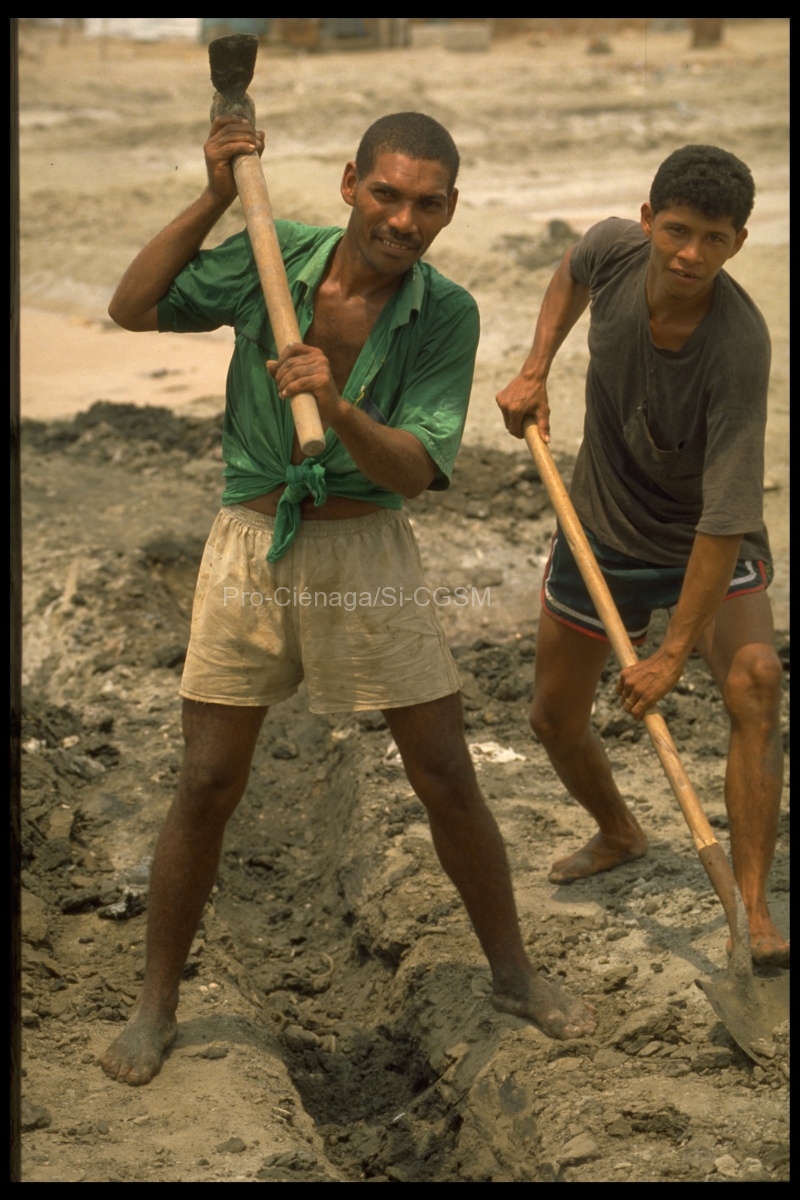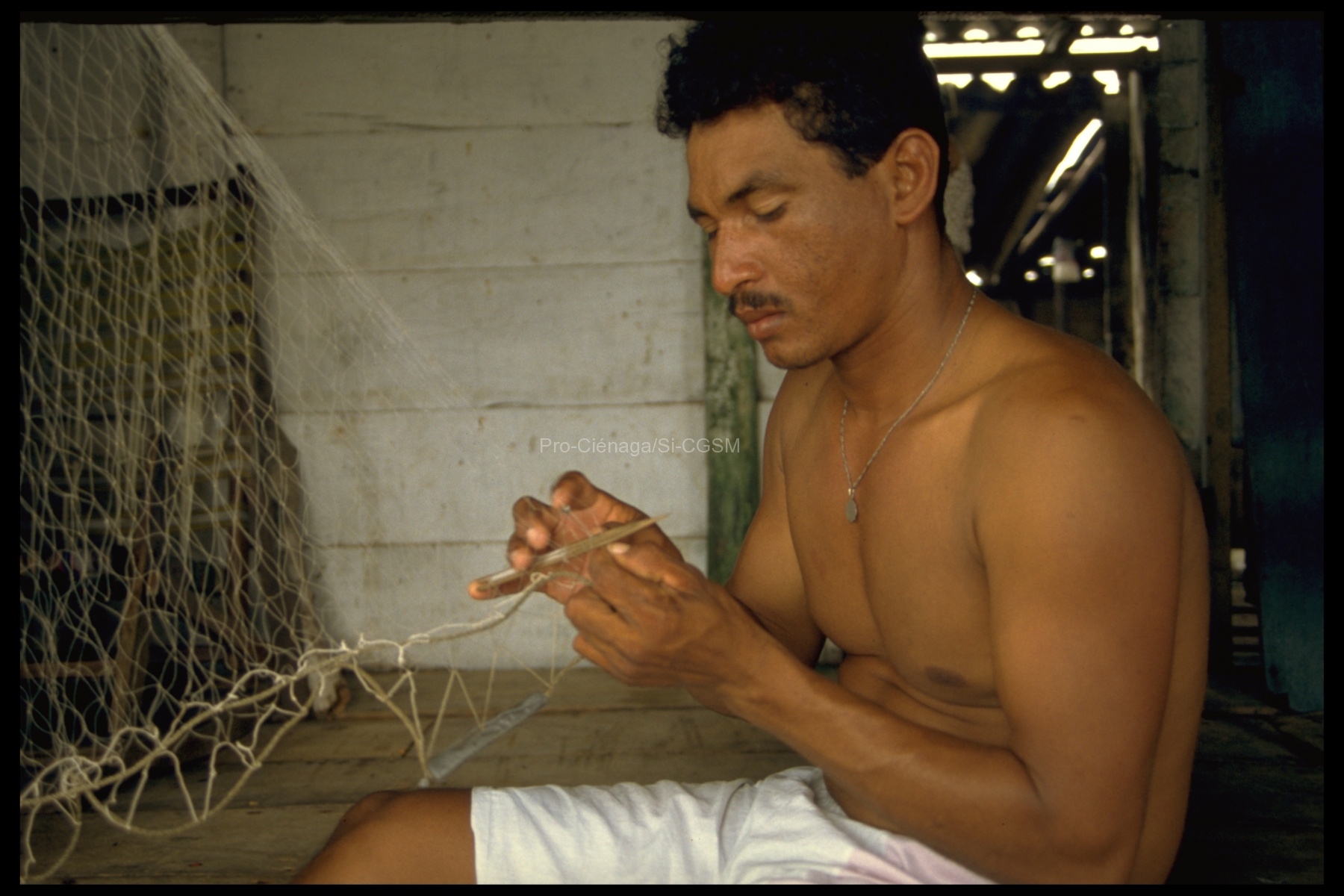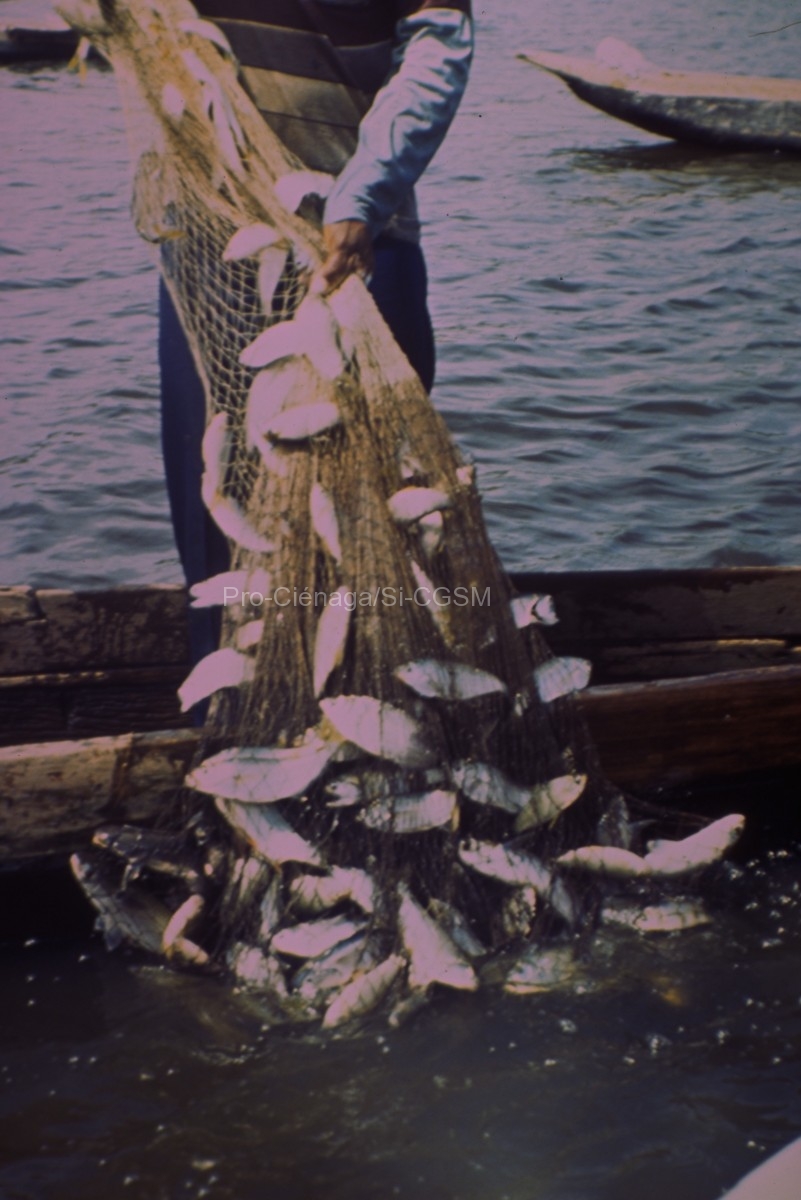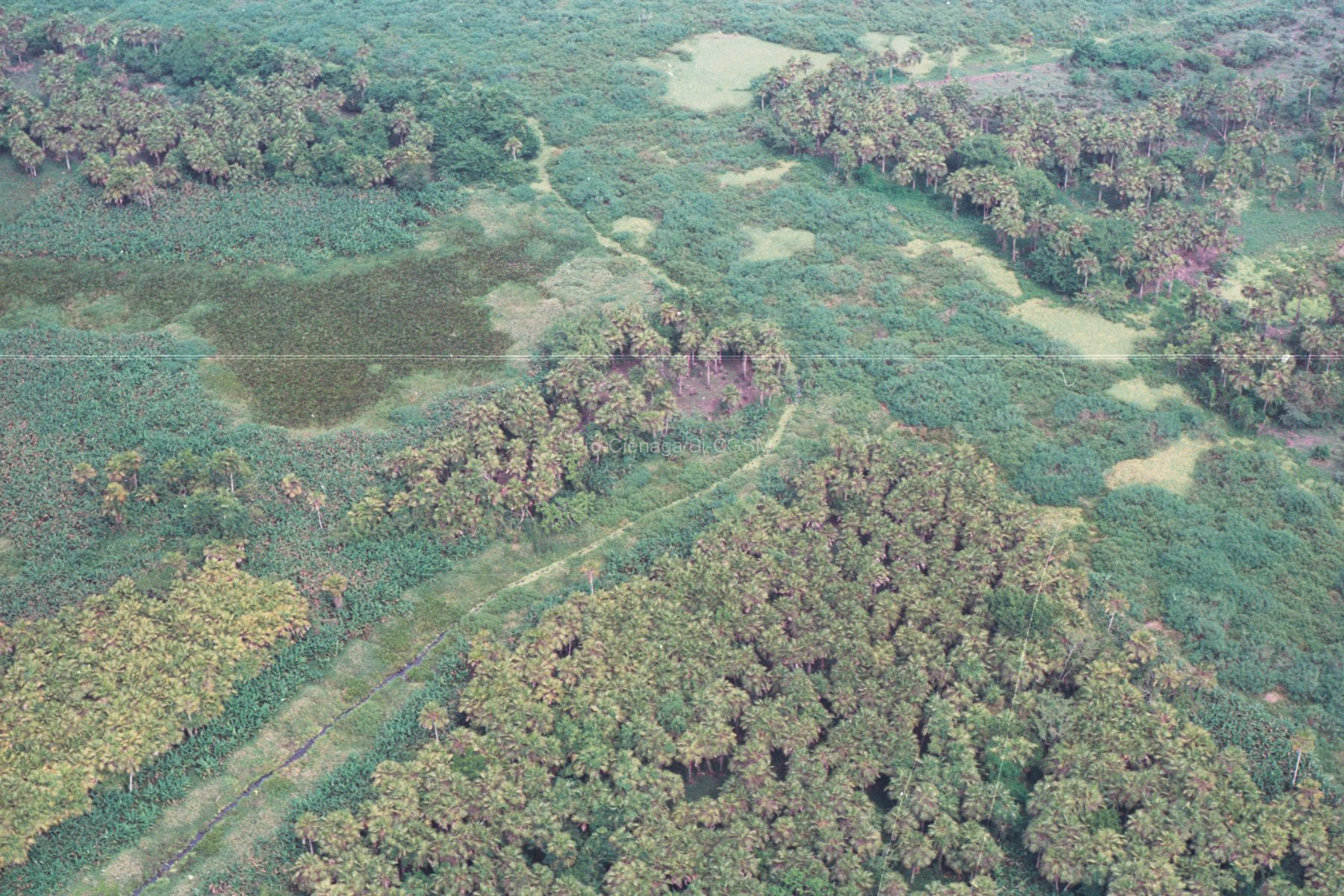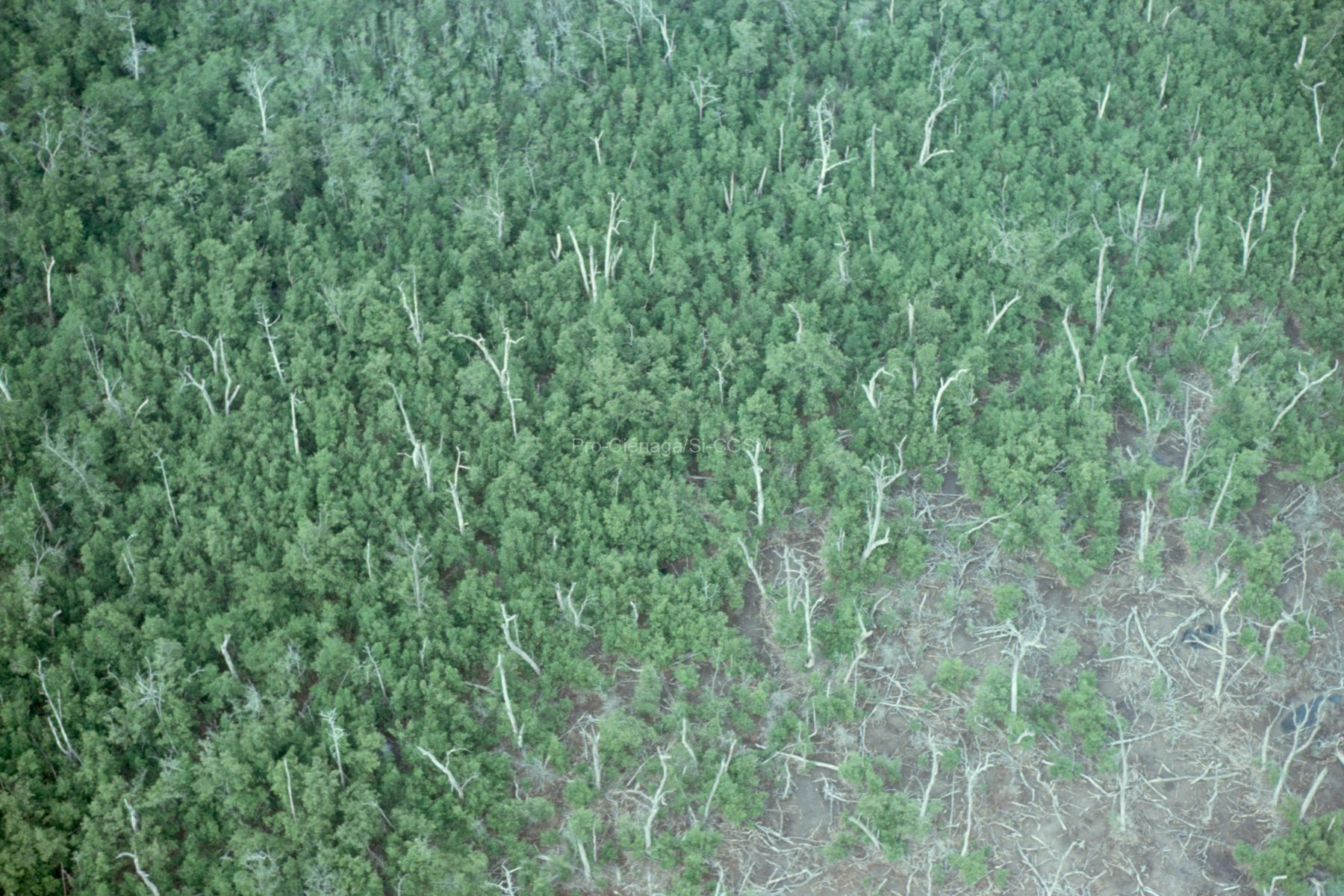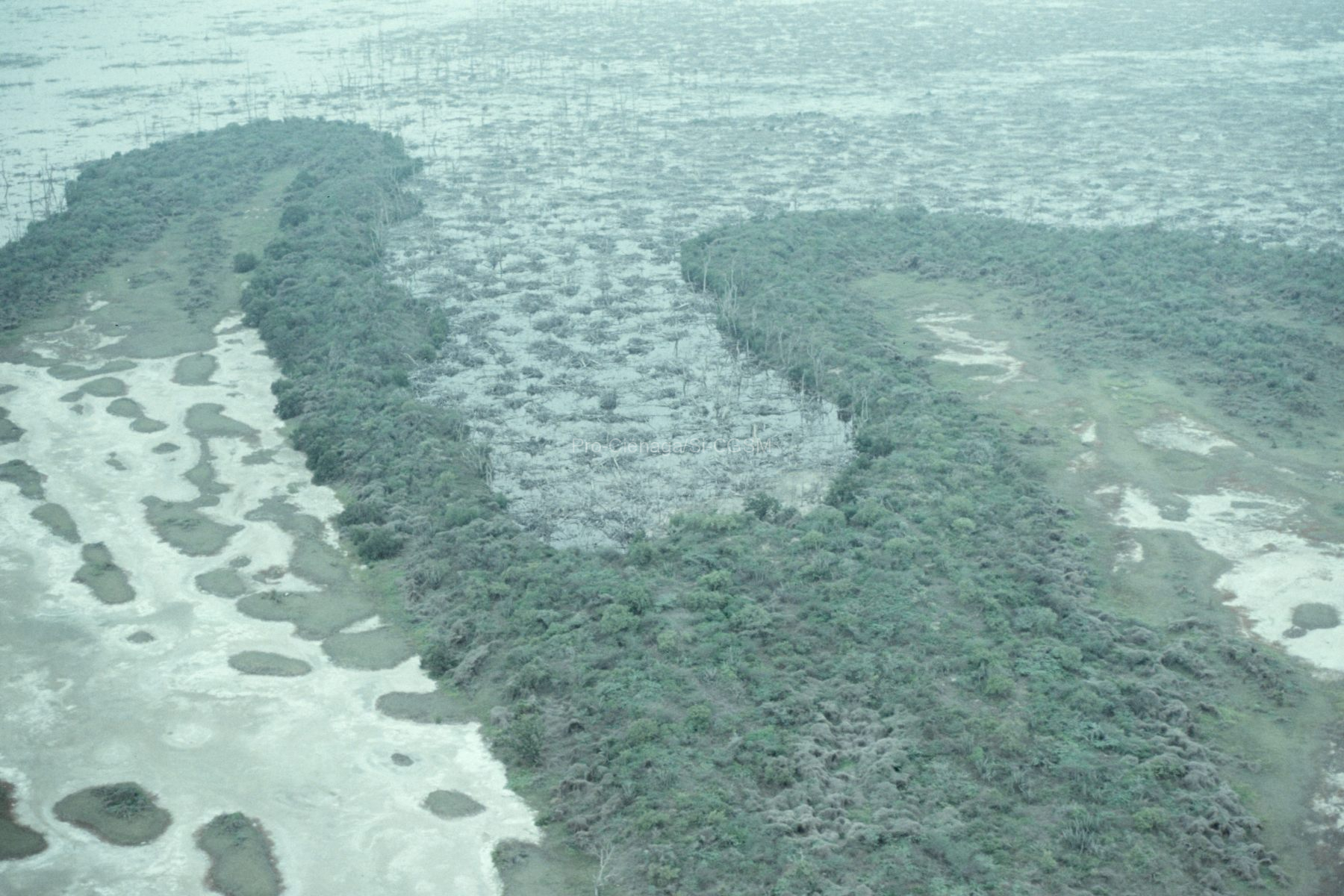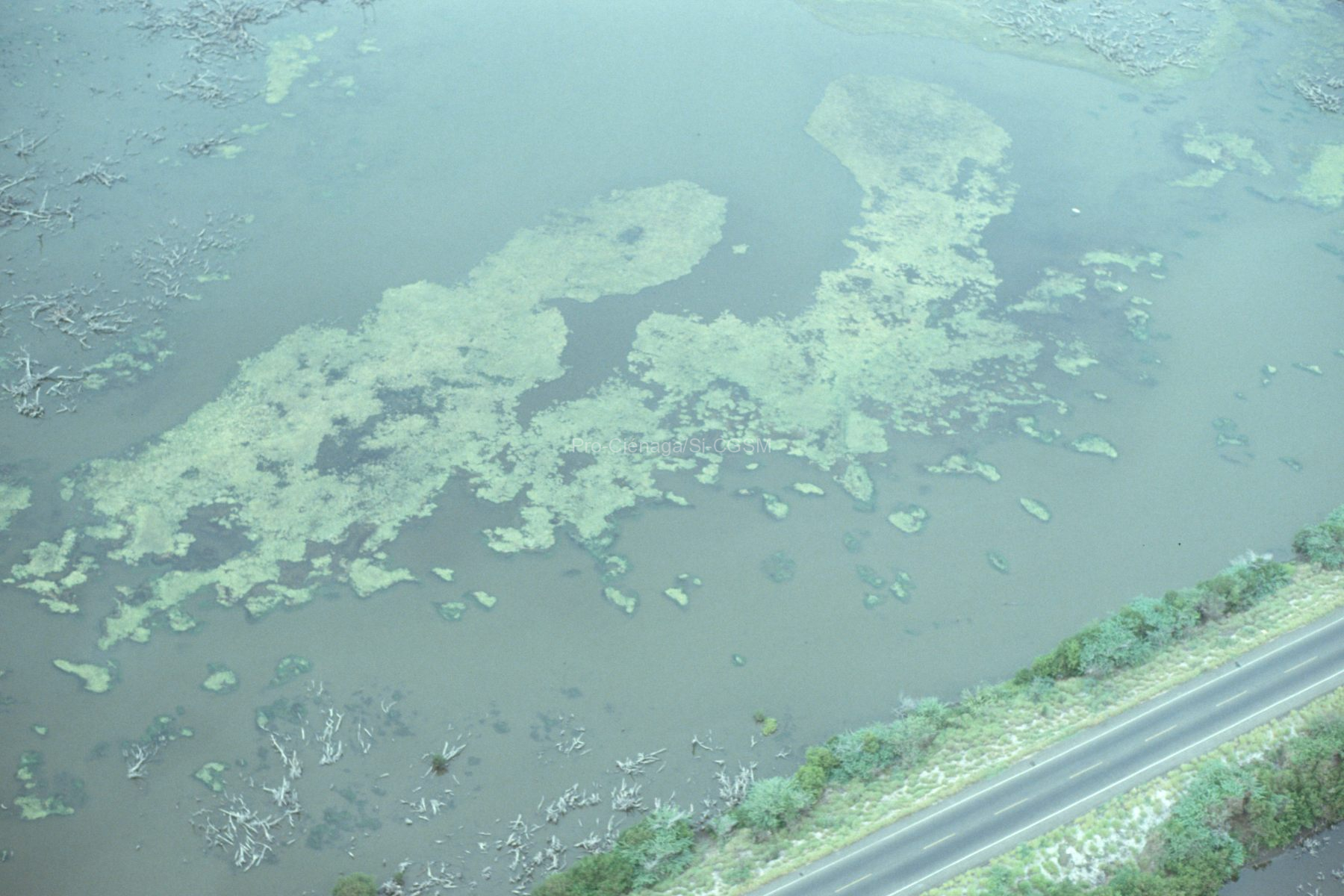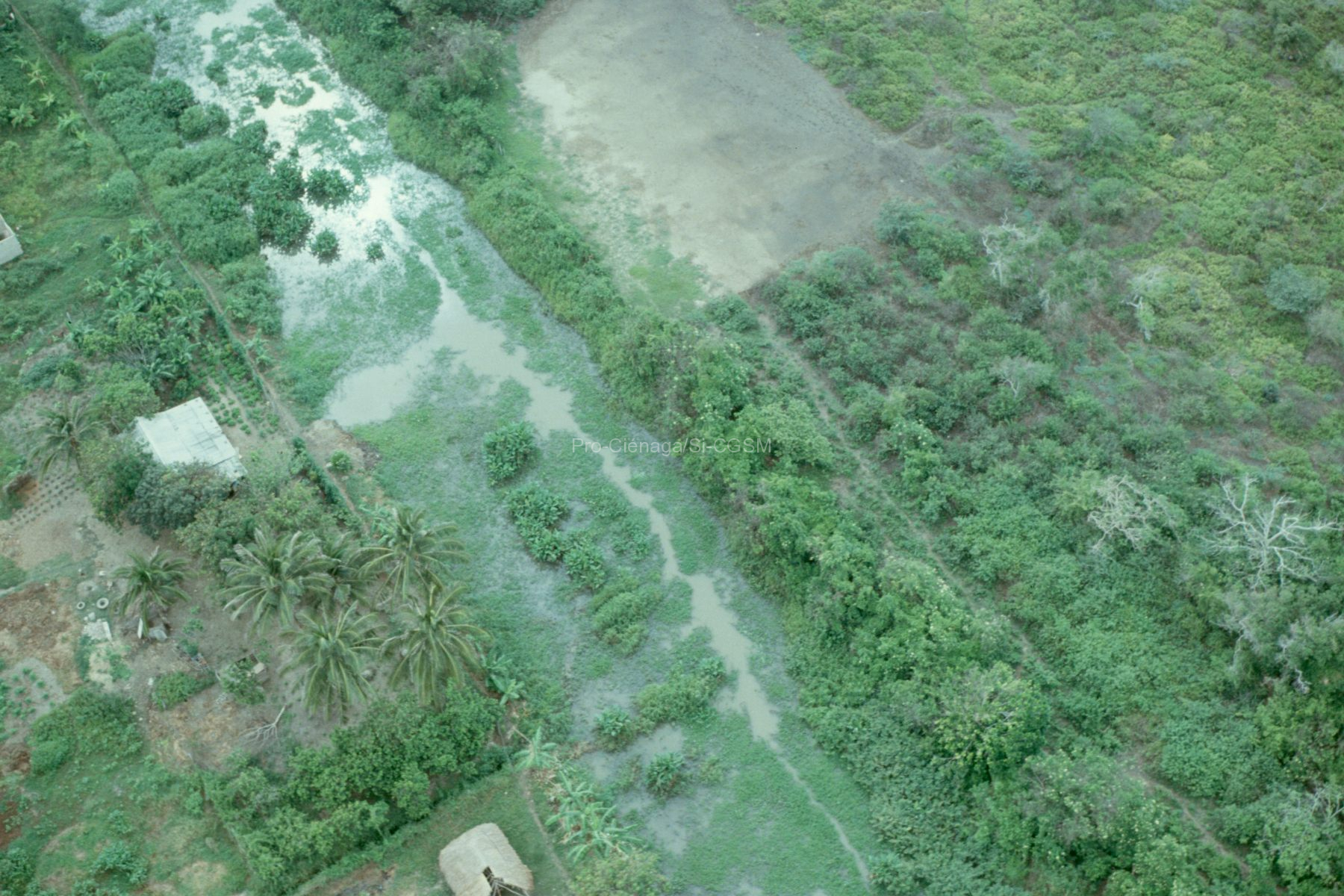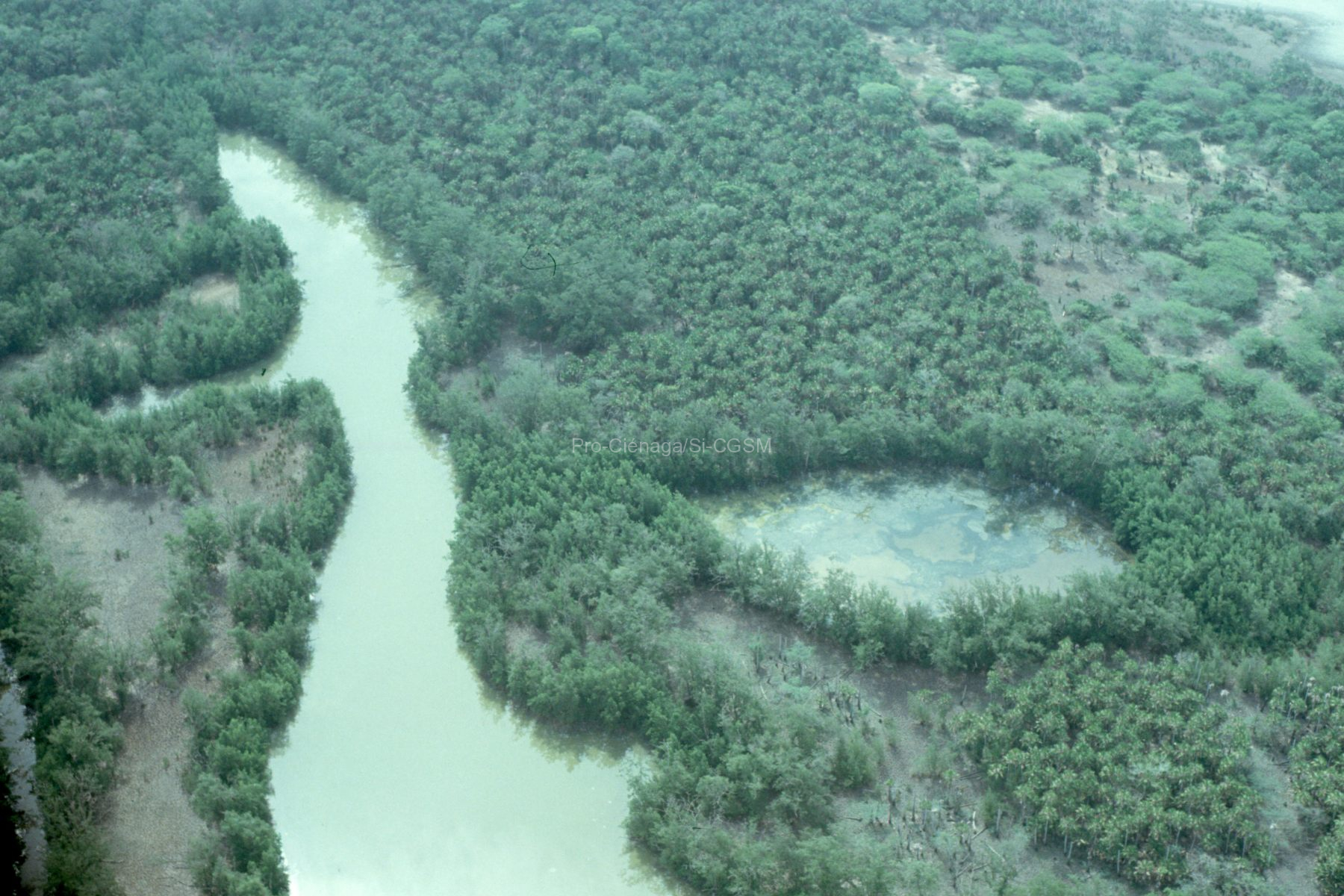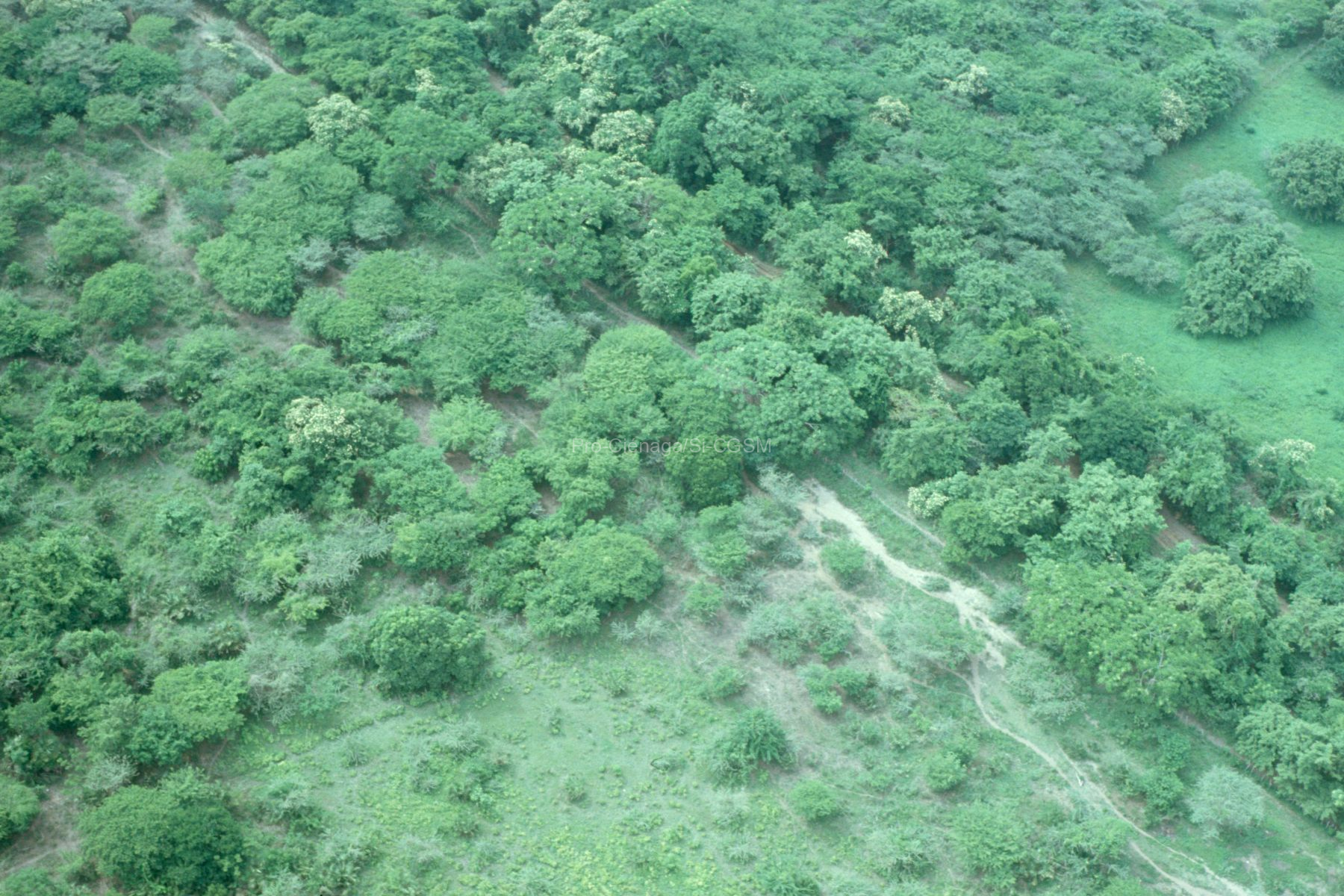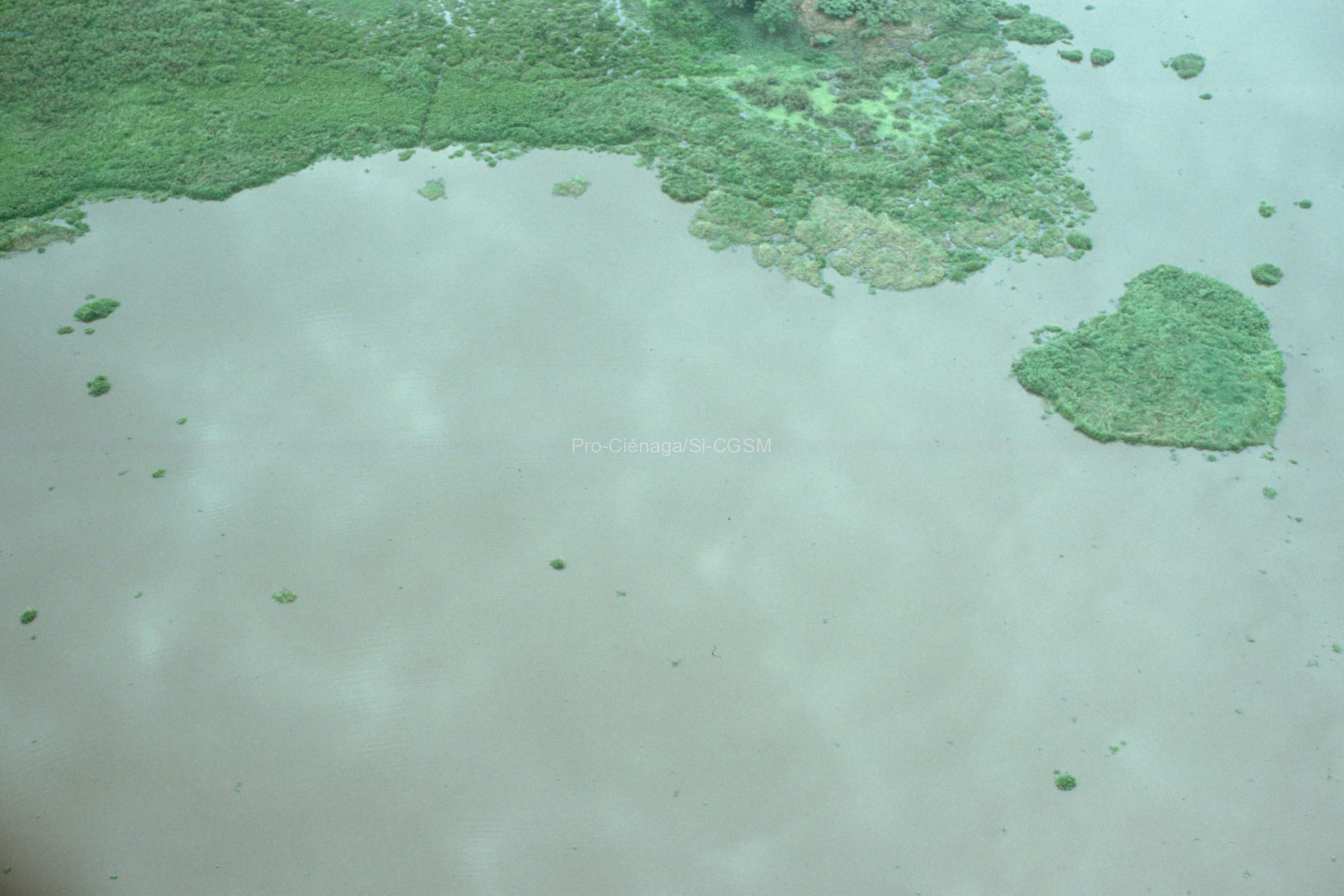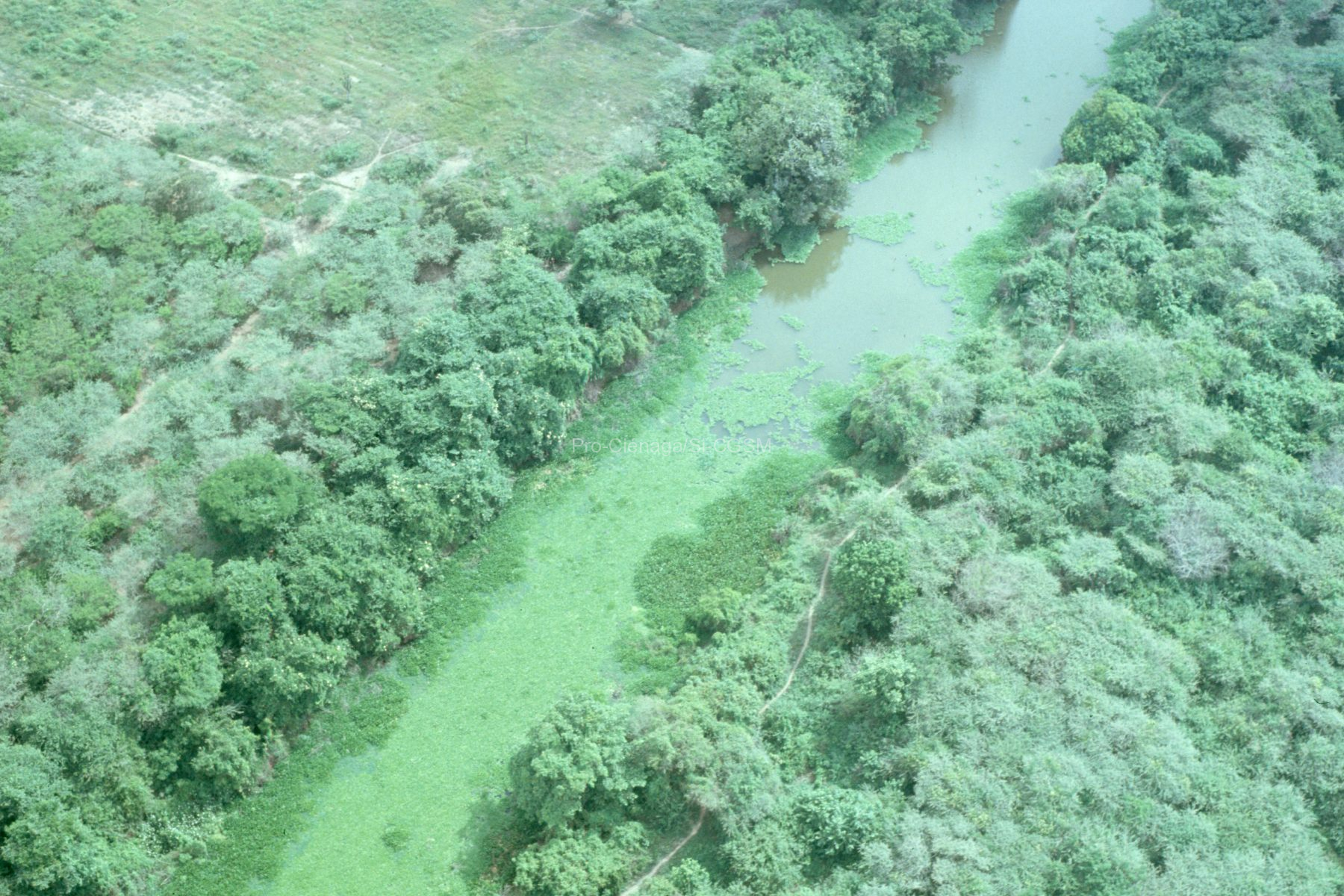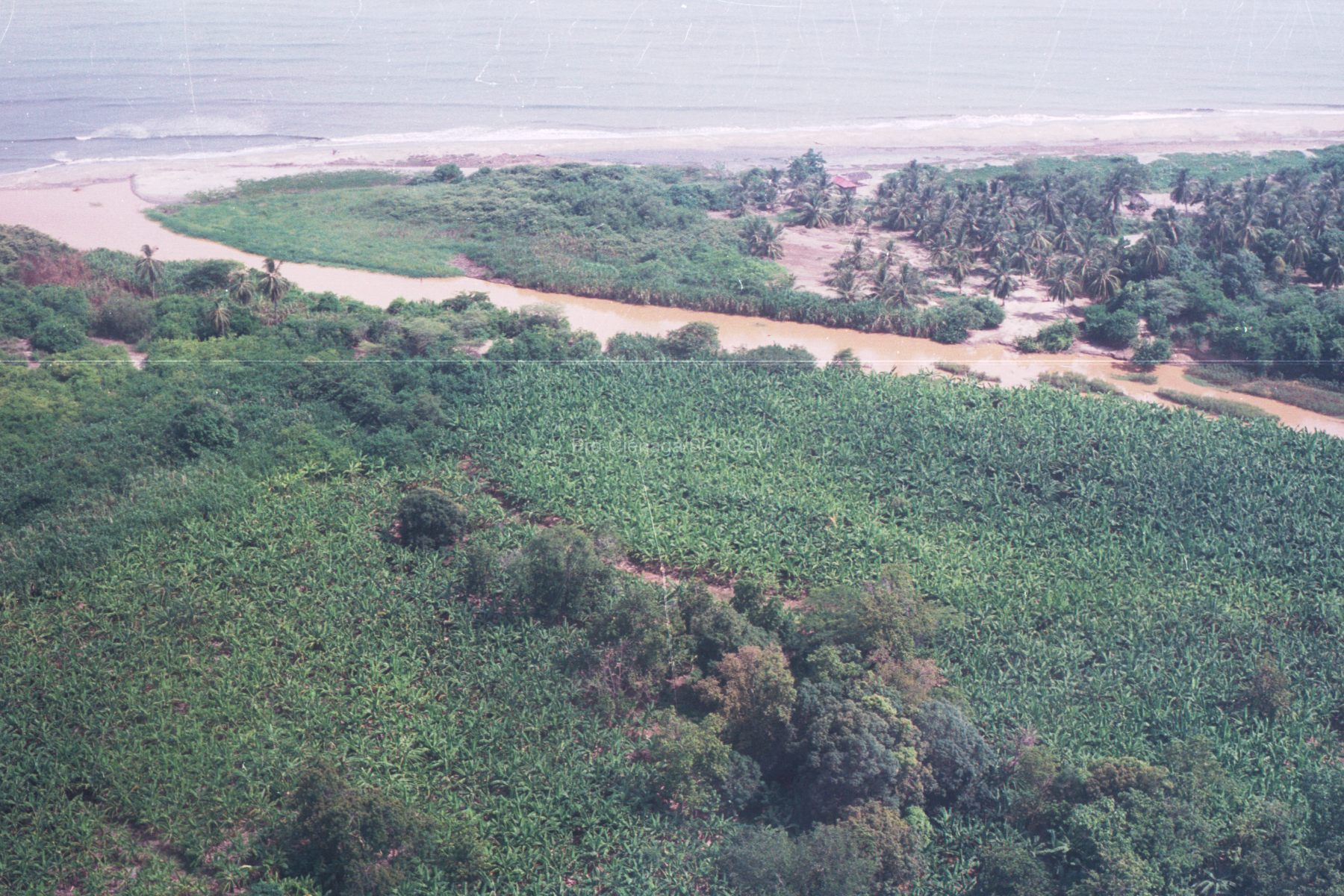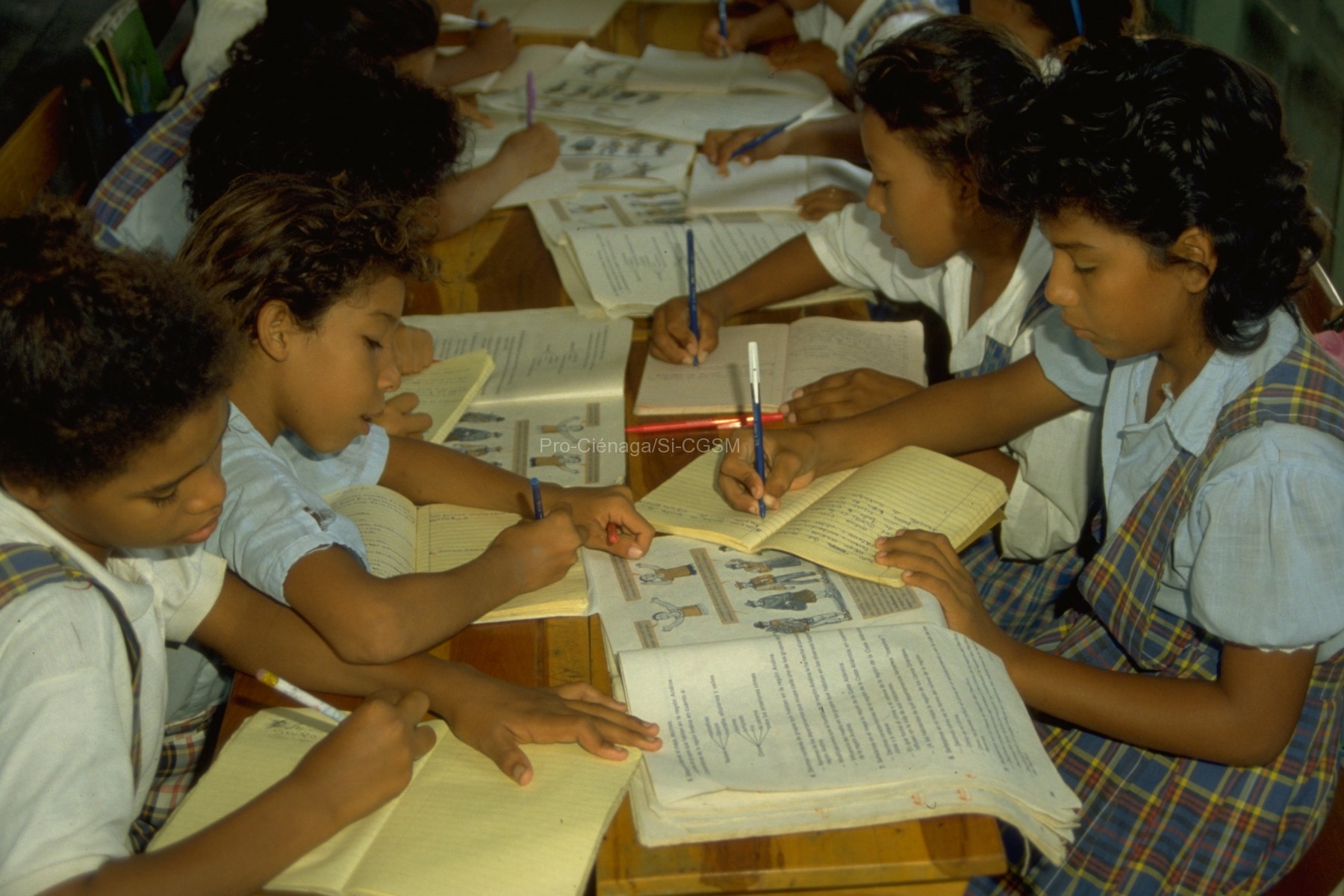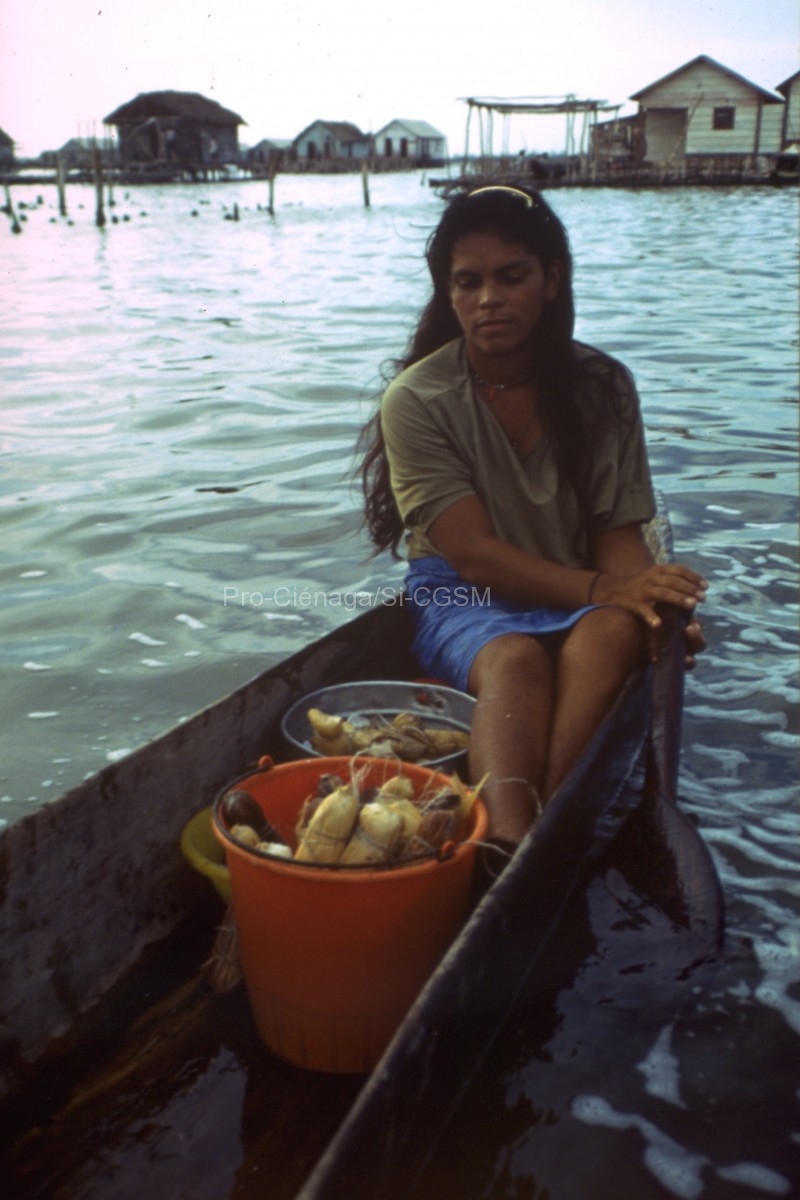http://www.scielo.org.co/scielo.php?script=sci_arttext&pid=S0122-97612003000100013 Para contribuir al conocimiento del impacto potencial de las macroalgas sobre las comunidades coralinas se desarrolló el presente trabajo con el fin de evaluar la...
Seguir leyendo...Artículo de revista académica
Manjarrés G., G., & Escobar Nieves, A. R. (1991). Muerte masiva de manglares en la Ciénaga Grande de Santa Marta, Caribe colombiano. Agricultura Tropical, 28, 111-120.
La mortalidad masiva de los árboles ha sido objeto de estudio en muchas partes del mundo y al parecer constituye un fenómeno común en muchos tipos...
Seguir leyendo...Mancera-Pineda, J. E., & Vidal V., L. A. (1994). Florecicimiento de microalgas relacionados con mortandad masiva de peces en el complejo lagunar Ciénaga Grande de Santa Marta, Caribe colombiano. Boletín de Investigaciones Marinas y Costeras – INVEMAR, 23(1), 103-117.
http://www.scielo.org.co/pdf/mar/v23n1/v23n1a05.pdf Entre los meses de julio y agosto de 1994 un fenómeno discontinuo de muerte masiva de peces se registró en aguas del complejo lagunar de...
Seguir leyendo...Mancera, E., & Mendo, J. (1996). Population dynamics of the oyster Crassostrea rhizophorae from the Ciénaga Grande de Santa Marta, Colombia. Fisheries Research, 26(1), 139-148.
https://doi.org/10.1016/0165-7836(95)00401-7 Growth parameters, instantaneous mortality rates (Z, F and M), yield per recruit and biomass per recruit of the oyster Crassostrea rhizophorae were estimated using the...
Seguir leyendo...Serrano, F., & Díaz-Ricaurte, J. C. (2018). Erythrolamprus aesculapii (Linnaeus, 1758) Falsa coral. Catálogo de Anfibios y Reptiles de Colombia, 4(3), 48-53.
https://www.researchgate.net/publication/329124928_Erythrolamprus_aesculapii_Linnaeus_1758_Catalogo_de_Anfibios_y_Reptiles_de_Colombia#fullTextFileContent Distribución geográfica: Erythrolamprus aesculapii tiene una distribución altitudinal que va entre 0 y 2300 m s. n. m. (Wallach et al. 2014). Se distribuye en...
Seguir leyendo...Lynch, J., & La Marca, E. (2004). Elachistocleis pearsei. The IUCN Red List of Threatened Species e.T57993A11703765.
https://www.iucnredlist.org/species/57993/54352618 Range Description: This species occurs mainly in the lowlands of northern Colombia, including the Middle Magdalena Valley, and extending eastwards to northwestern Venezuela (probably in...
Seguir leyendo...Lynch, J. D. (1982). Relationships of the frogs of the genus Ceratophrys (Leptodactylidae) and their bearing on hypotheses of pleistocene forest refugia in south America and punctuated equilibria. Syst. Zool., 31(2), 166-179.
DCA Of the eight currently recognized species of Ceratophrys (aurita, calcarata, cornuta, cranwelli, ornata, pierottii, stolzmanni, and testudo) six are considered to be species. Ceratophrys testudo...
Seguir leyendo...Lynch, J. D., & Sliárez-Mavorga, Á. M. (2001). The distributions of the gladiator frogs (Hyla Boanas group) in Colombia with coments on size variation and sympatry. Caldasia, 23(2), 491-507.
https://revistas.unal.edu.co/index.php/cal/article/download/17719/18562/56745 Five species of gladiator frogs (the Hyla boans group) occur in Colombia. Hyla wavrini barely enters Colombia (it is confined to the extreme eastern edge...
Seguir leyendo...López Peralta, R. H. (1993). Estudio preliminar del ictioplancton de la Ciénaga Grande de Santa Marta (Caribe colombiano). Bol. Inst. Oceanogr. Cumaná. Universidad de Oriente, 32(1-2), 79-90.
De febrero a julio de 1987 se muestreó en siete estaciones localizadas en la Ciénaga Grande de Santa Marta. Se identificaron estadios larvales de peces correspondientes...
Seguir leyendo...López, Á. C., Criales, M. M., & García, C. B. (2001). Postlarvas y juveniles de camarones Fartantepenaeus spp. y Xiphopenaeus kroyeri en la Boca de la Barra (Ciénaga Grande de Santa Marta ), Caribe Colombiana. Bol. Invest. Mar. Cost. INVEMAR, 30(1), 177-198.
http://www.scielo.org.co/scielo.php?script=sci_arttext&pid=S0122-97612001000100009 Postlarvas y juveniles de los camarones Farfantepenaeus spp. y Xiphopenaeus kroyeri se colectaron en la Boca de la Barra (Ciénaga Grande de Santa Marta), mediante...
Seguir leyendo...
